The politics of every nation will have its own idiosyncrasies and neuroses. A concentration on the constitution has by no means been confined to Scotland.
Indeed, Brexit has caused the UK to spin off on a trajectory of constitutional politics in the most chaotic fashion, the effects of which will be with us for many years to come.
A particular issue in Scotland, however, is that we have absorbed the independence debate into our political culture to such an extent – on both sides of the argument – that the Scottish Government is prone to operate and carry itself as if Holyrood already had the clout of an independent parliament.
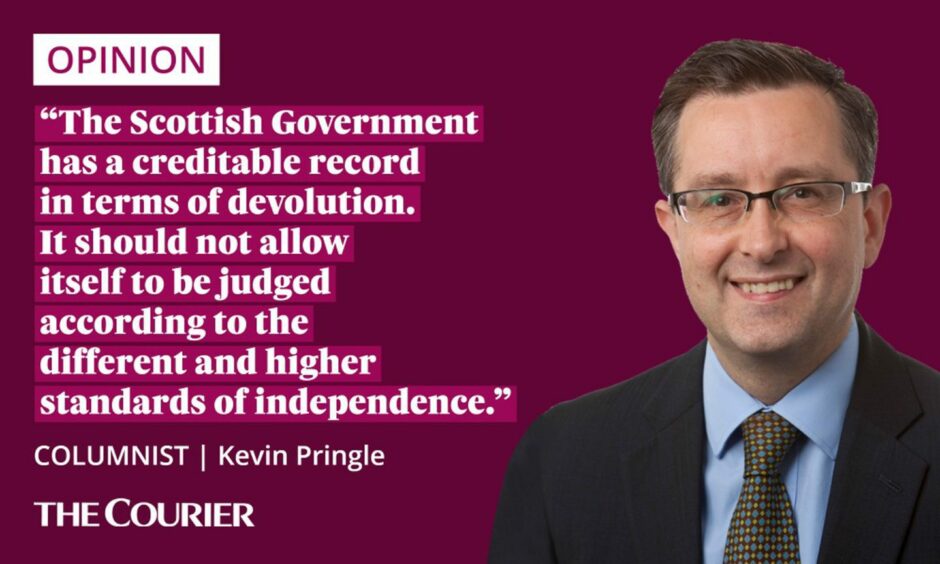
Similarly – and this is a uniquely Scottish irony – pro-Union opposition parties in the Scottish Parliament hold the SNP/Green government to account as if Scotland was fully self-governing, with all the powers to act in areas such as the economy and welfare that many of us (including the SNP and Greens) wish it did have.
A problem this has given rise to is a tendency for Holyrood to bite off more than it can chew.
Constitutional debate can cloud Scottish Government record
Unless voters are to be left in a state of confusion, and existing Scottish politics characterised by expectations that are impossible to meet, it’s worth us having a collective reality check to remind ourselves that we merely have devolution in Scotland (important and beneficial though that is), not yet independence.
Don’t get me wrong. I’m ambitious for our parliament and for Scotland. And I want current control to be used to its full extent in making life better for everyone who lives here.
I also hope we will become an independent country, just as I did during the 2014 referendum.
But I don’t want constitutional aspirations for the future, and the ways we discuss that, to cloud a hard-headed appraisal of what we can and can’t do now.
The danger is that instead of tangible progress being acknowledged, all that will be heard are barneys about not meeting targets that may be beyond Holyrood’s devolved capacities.
Wider factors influence Scottish Government record on schools
For example, figures published last December indicated that the poverty-related attainment gaps in literacy and numeracy levels across Scottish primary schools have seen the biggest decreases since consistent records began in 2016/17.
That may be small, particularly in terms of post-pandemic recovery, but it is hopefully significant.
However, the political and media focus is on the failure of the Scottish Government to entirely eradicate the attainment gap throughout the school system, which can surely only go hand in hand with the eradication of poverty in society.
That seems like a tall order given the limited levers over the economy and social security available to MSPs – particularly facing into the headwinds of tight finances, and UK government policies that are dragging Scotland in the opposite direction.
Welcome measures such as the weekly £25 Scottish Child Payment and other Scotland-only benefits can be ameliorative. They can’t be transformative.
Unfair to judge on standards of independence
Or take the row over incorporating the UN Convention on the Rights of the Child into Scots law.
The Bill to do so was unanimously passed by MSPs more than two years ago, and the Scottish Government is getting a hard time for this still not being in place.
But the primary reason for that is because the British government referred the Bill to the UK Supreme Court, which ruled that parts of it exceeded Holyrood’s authority.
It all comes back to Scotland having subsidiary, rather than sovereign powers.
The Scottish Government has a creditable record in terms of devolution. It should not allow itself to be judged according to the different and higher standards of independence.
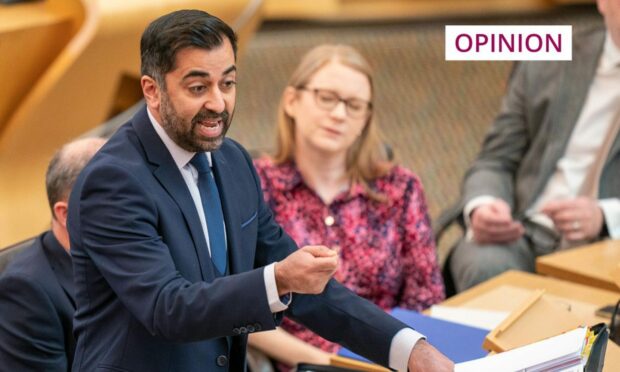
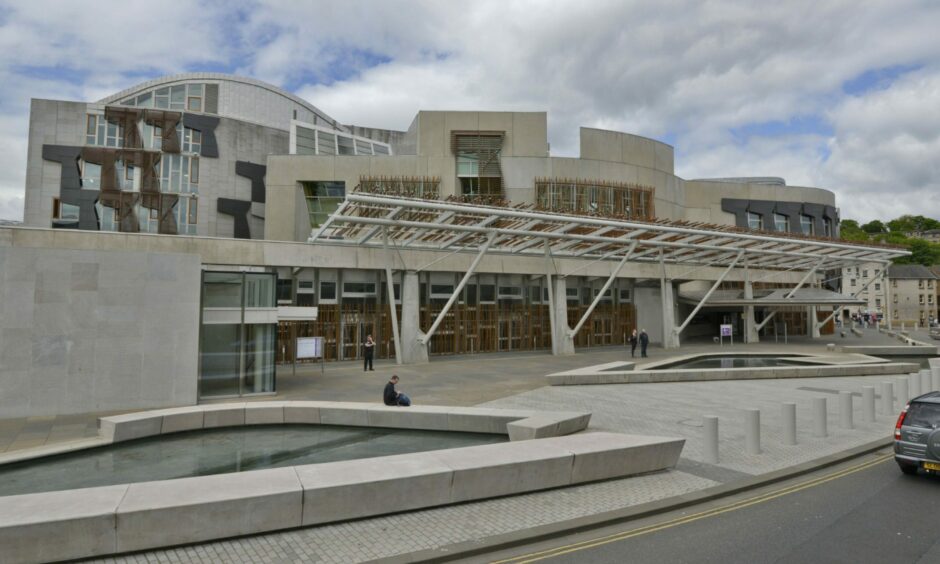
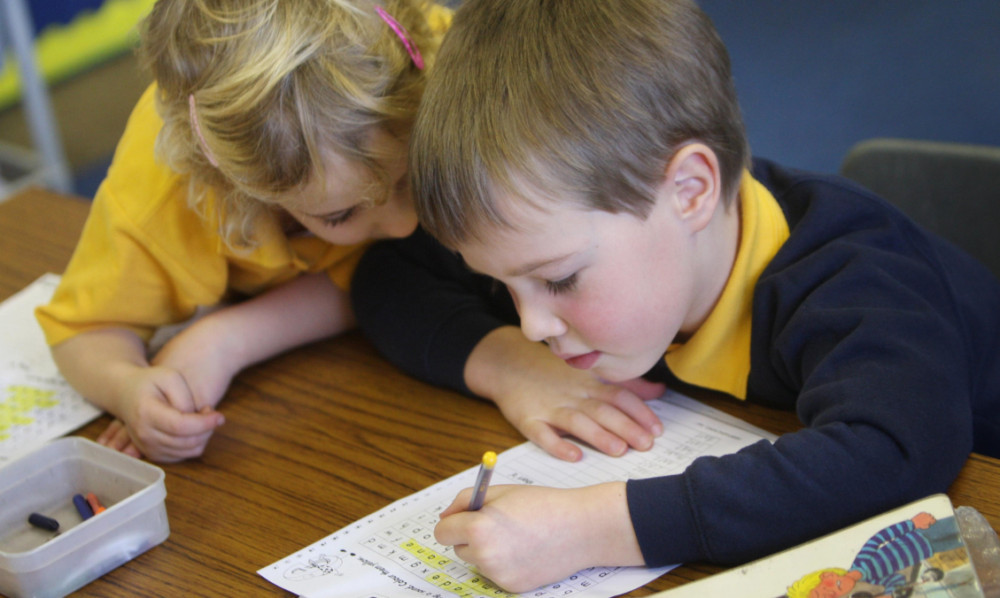
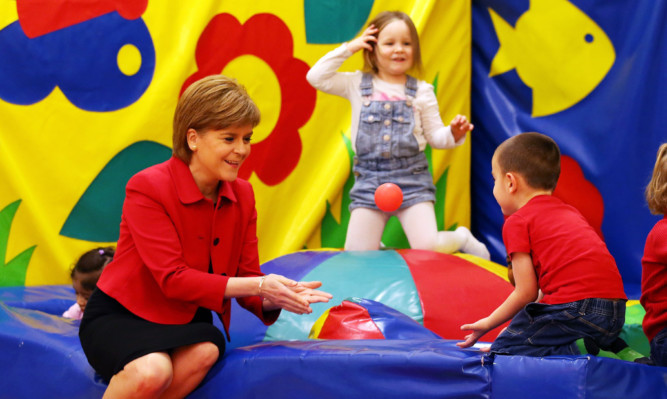

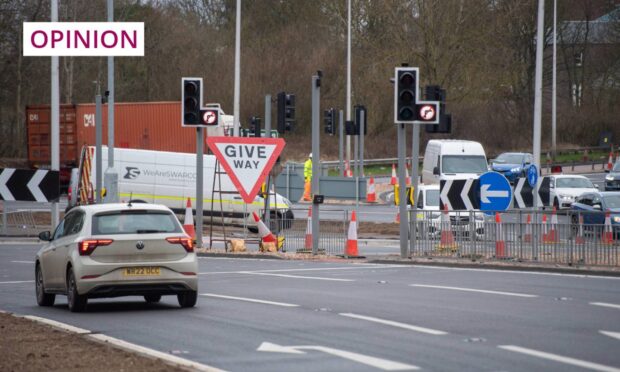
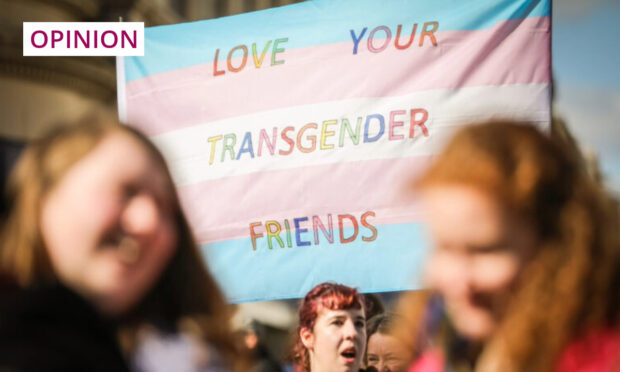
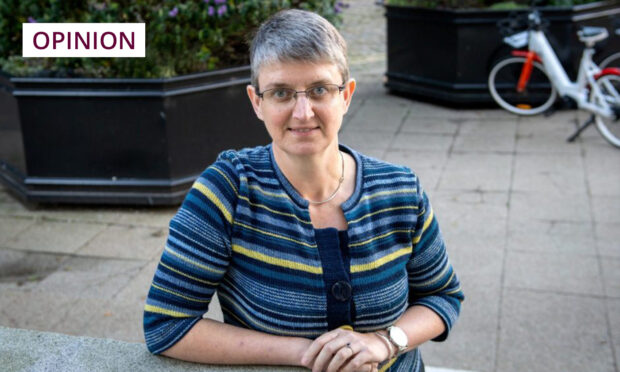






Conversation